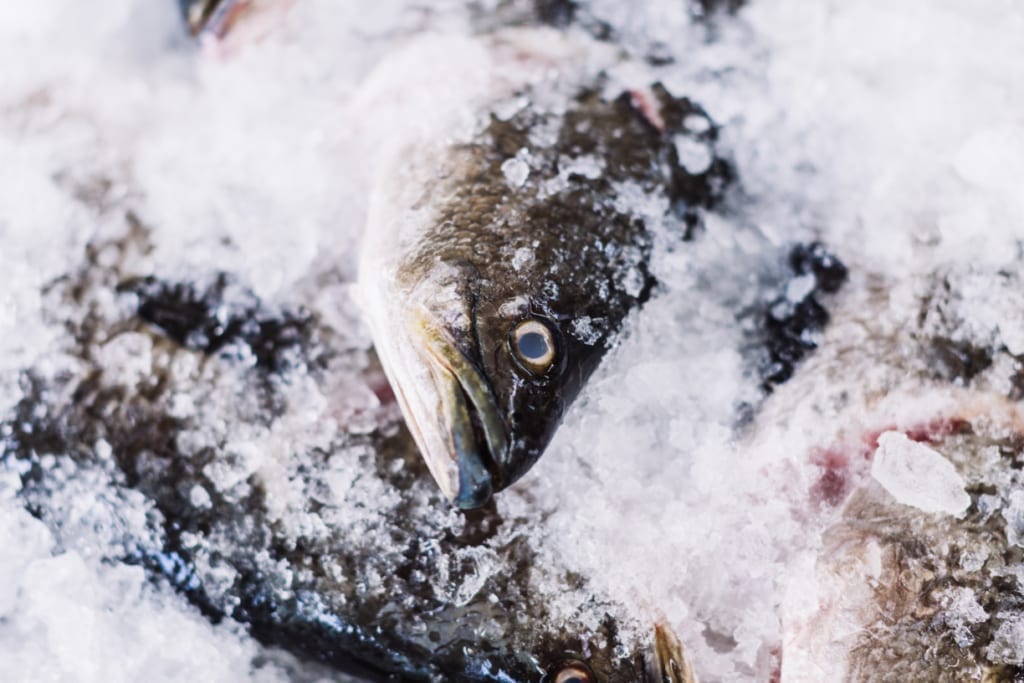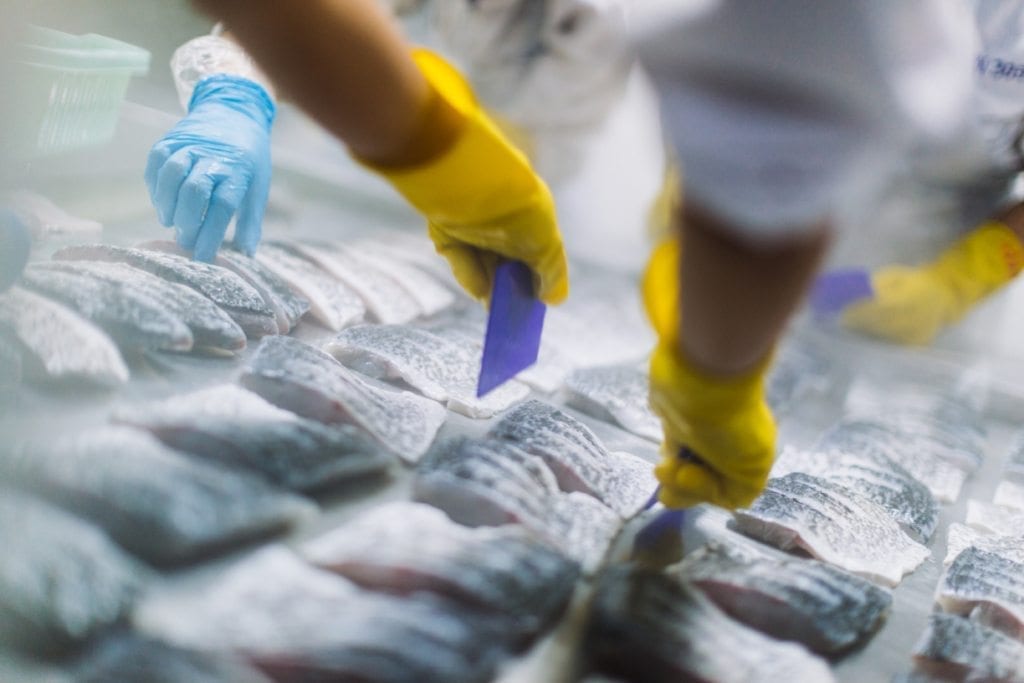Four Reasons to Reconsider Frozen Fish

We’ll be the first to admit that fish that’s been frozen isn’t usually someone’s first choice.
Ever thought about if you should reconsider frozen fish?
The next time you’re at the fish counter, consider this: What you might imagine as “fresh” and what the food industry does may not be the same thing. The fish in the display case being sold as fresh could be almost two weeks old due to transport, distributing and processing times. So, although it’s technically considered “fresh,” because it’s never been frozen, it isn’t exactly straight off the line.
As fellow fish lovers, foodies and environmentalists, we encourage you to take into account these four things the next time you’re weighing your options for fresh vs. frozen.
Taste and nutrition are no different
Frozen fish is just as nutritious as fresh fish, according to the Natural Fisheries Institute. For fish that is properly frozen right after harvest, like our barramundi, the nutritional value, moisture, and taste is completely preserved. In blind taste tests, trained panelists have actually preferred fish frozen immediately after harvest over fresh fish.
Chefs also agree that properly frozen fish can be just as good, if not better than fresh. Check out this video to hear what chefs around the country have to say.
Freshness is frozen in time
When fish is frozen within hours of being caught it stops its deterioration and actually preserves its freshness. For example, our barramundi are harvested, hand-filleted and flash frozen the same day. We use a patented Japanese belt freezer technology that allows us to chill down the fillets to -30°F and lock in freshness in under 10 minutes. Maximum freshness isn’t necessarily about being fished straight out of the water as much as it is about fast freezing followed by controlled thawing. Many wild caught fish are actually frozen at sea to preserve quality and taste then slowly thawed before serving—such as top-quality sushi.

Minimizes the CO2 footprint
In a race to get fresh fish to the consumer while it’s still, well, fresh, it’s usually shipped to its destination by air, which requires a significant amount of energy. Frozen fish shipped by ground methods, like boat or truck, produce significantly fewer CO2 emissions compared to air transport, according to Bon Appetit Management, a Palo Alto, CA-based food service management company. It estimates that shipping products by air generates “10 times as much greenhouse gas as transferring it by container ship.”
Less wasteful, more convenient
An estimated 30% of fresh seafood ends up in the trash due to its perishability. Frozen fillets allow you (and chefs in your favorite restaurants) to thaw and use only what you intend to eat, minimizing waste. Our barramundi lasts up to two years in the freezer without any affect on taste or freshness. It thaws in 15 minutes, but you can also cook it straight out of the freezer.
The Takeaway
If you have access to locally-caught fresh fish, by all means, take advantage of it. But, if that isn’t an option for you, or you’re looking for a lean protein to have on hand, frozen fish is a nutritional, tasty, and environmentally-sound solution.